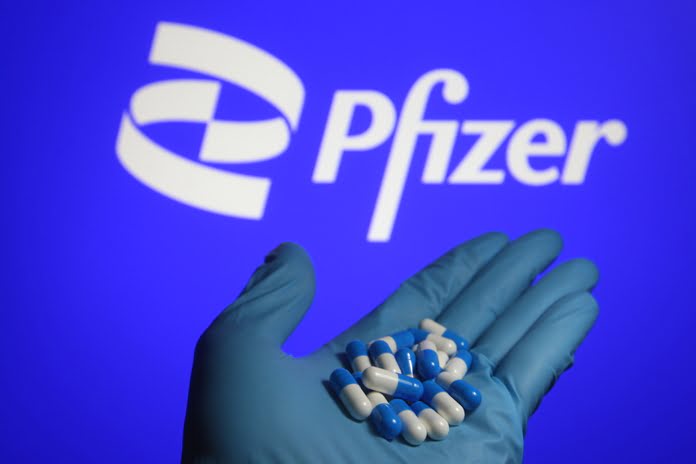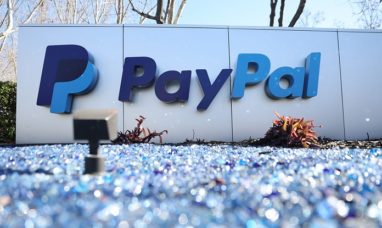Pfizer (NYSE:PFE) is scheduled to release its second-quarter 2023 financial results on August 1, before the market opens. In the previous quarter, the company surpassed earnings expectations by an impressive 23.0%.
Factors to Consider
Pfizer’s revenues for the second quarter of 2023 are expected to have experienced a decline due to a significant drop in demand for its COVID-19 products, leading to lower revenues from the COVID-19 vaccine, Comirnaty, and the oral antiviral pill,. The company generates direct sales and alliance revenues through its partnership with BioNTech (NASDAQ:BNTX) for Comirnaty.
Forecasts indicate that direct sales and alliance revenues from Comirnaty could reach $1.23 billion, while Paxlovid might contribute $610 million.
However, Pfizer projects a considerable decrease in sales from its COVID products for the second quarter compared to the first quarter. The company expects larger deliveries to commence in the late third quarter in the United States and the beginning of the fourth quarter in international markets.
Excluding revenues from Comirnaty and Paxlovid, Pfizer’s overall revenues are projected to have risen, largely driven by strong performances from key brands like Vyndaqel/Vyndamax, Eliquis, and the Prevnar family of vaccines. Analysts anticipate Eliquis alliance revenues to reach $1.86 billion, Prevnar family of vaccines to contribute $1.50 million, and Vyndaqel/Vyndamax to achieve $722 million.
On the other hand, newly acquired products, such as Nurtec ODT/Vydura for migraine and Oxbryta for sickle cell disease, are expected to have contributed to Pfizer’s top line during the quarter. Nurtec ODT/Vydura came into Pfizer’s portfolio following the acquisition of Biohaven in 2022, while Oxbryta was added through the acquisition of Global Blood Therapeutics in October 2022.
Nevertheless, sales of key medicine Ibrance in the United States are likely to have declined due to planned price reductions in certain internationally developed markets and lower clinical trial purchases. Analysts estimate Ibrance’s sales to be around $1.29 billion, while our estimate is slightly higher at $1.32 billion.
Additionally, sales of some crucial drugs like Xeljanz and Enbrel in international markets are expected to have continued their downward trend from previous quarters. Biosimilar competition is likely to have affected Enbrel sales in key European markets and Japan, while lower prices and prescription volumes globally, along with changes in doctors’ prescribing patterns following label warnings, may have impacted Xeljanz’s sales in the second quarter.
The consensus estimate for Xeljanz and Enbrel stands at $341 million and $214.0 million, respectively, while our estimates are slightly higher at $357.4 million and $218.4 million, respectively.
Overall, lower revenues from COVID products and increased spending on near-term launches and late-stage pipeline candidates are expected to have affected Pfizer’s profits.
During the second quarter, the FDA approved Pfizer’s respiratory syncytial virus (RSV) vaccine for older adults, which will be marketed as Abrysvo. Further details regarding the RSV vaccine’s commercialization plans are likely to be discussed during the Q2 conference call. Additionally, in June, the FDA approved Litfulo (ritlecitinib), Pfizer’s JAK3 inhibitor for treating severe alopecia areata in adults and adolescents, along with Ngenla, a long-acting once-weekly treatment for pediatric growth hormone deficiency.
Earnings Surprise History
Pfizer has demonstrated strong performance, consistently exceeding earnings expectations in the last four quarters, with an average earnings surprise of 17.84%.
Pfizer’s stock has faced challenges this year, declining by 27.1%, while the industry has seen a modest increase of 3.2%.
As Pfizer prepares to unveil its Q2 results, investors and analysts will closely scrutinize the company’s performance, strategy, and outlook amidst ongoing market fluctuations and the evolving landscape of the pharmaceutical industry.
Featured Image: Megapixl









